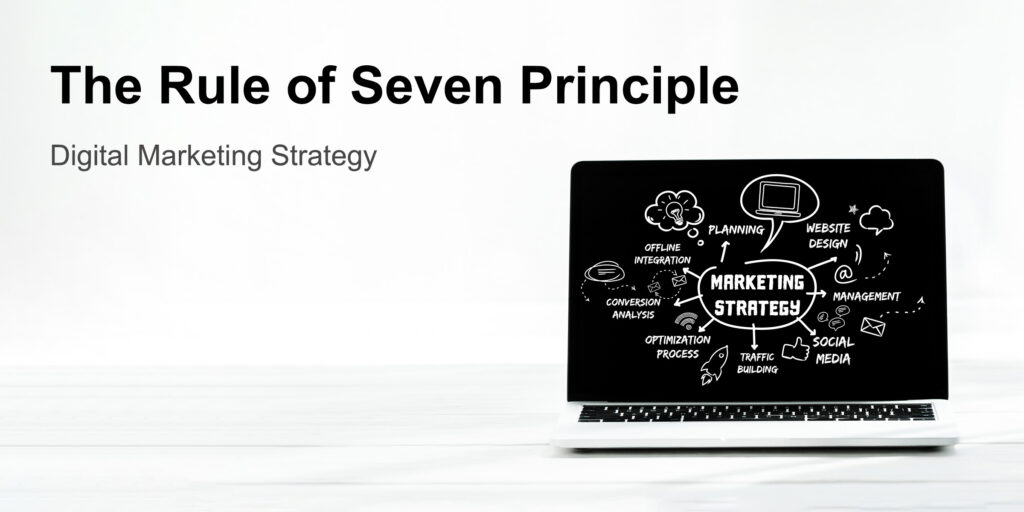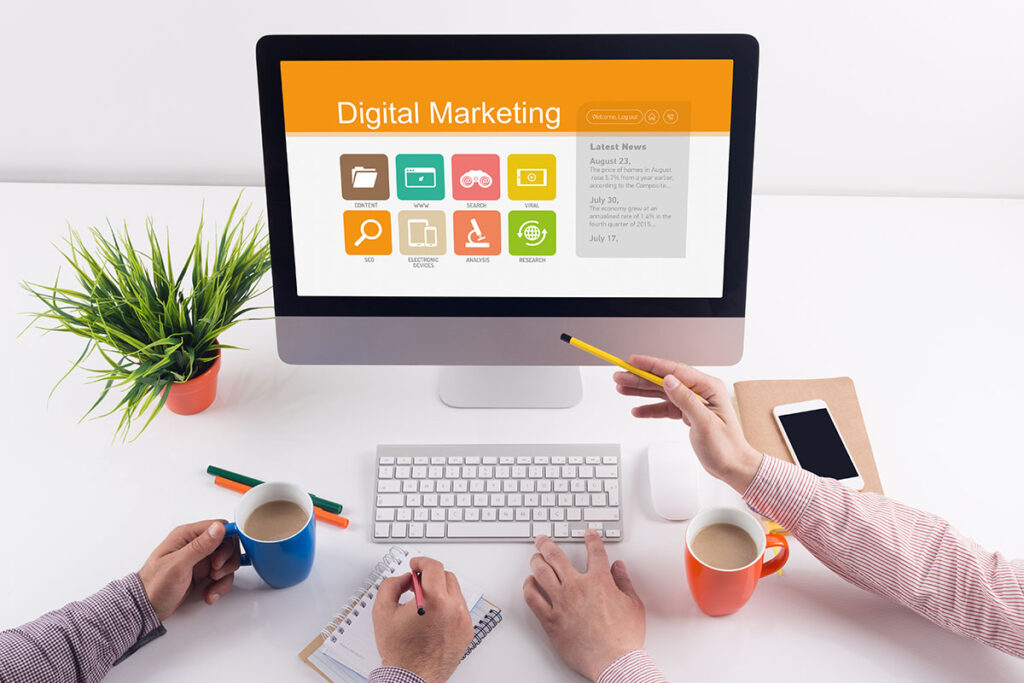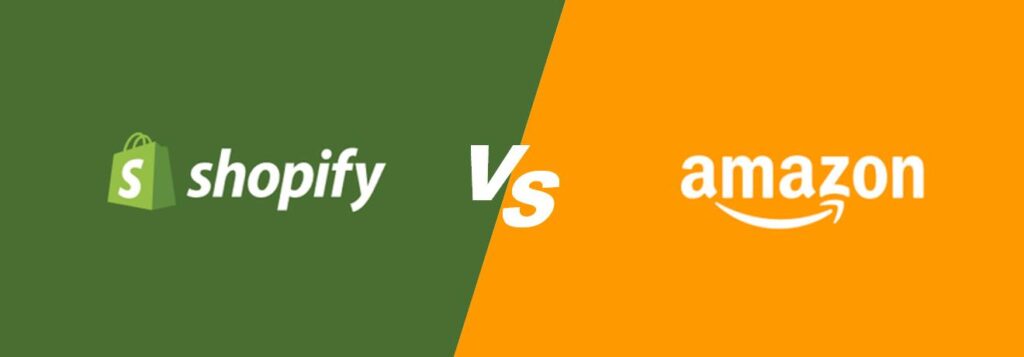What Is The Rule Of Seven Principle
The Rule of Seven Principle usually means that a potential customer needs to see the information of the merchant more than seven times before taking an action. The action can be buying something, subscribing as member, submitting a survey or anything predefined. The seven times can generally mean lots of times, but it can also be used as a tactical way of marketing campaign conduction. That means we can define seven times with specific marketing activities. We can take a customer buying a new brand product as an example to see what is the actual process of the seven contacts.
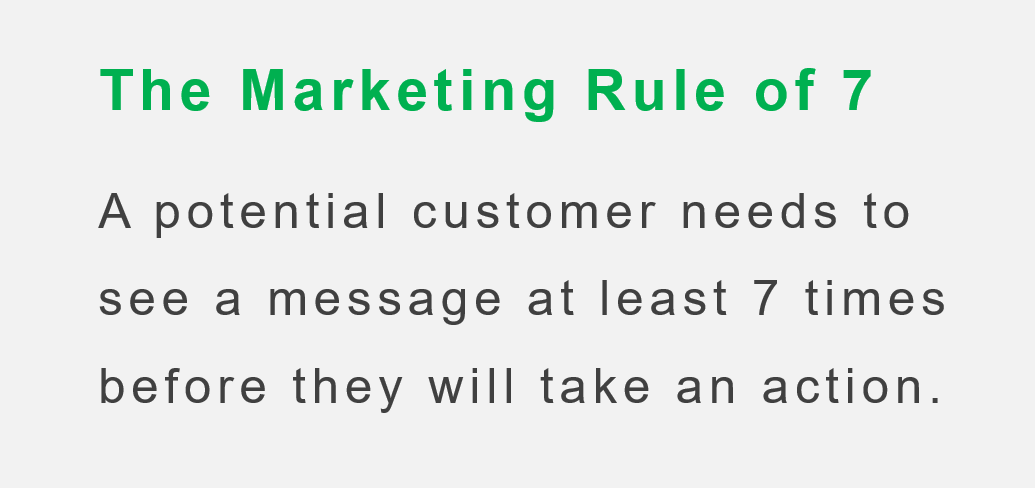
Seven Steps of Message To Customer
Contact is this context means to deliver a message to a customer through different marketing ways which include display ads, social media ads, search result, email notification, referral site message, ecommerce site comments, product video reviews.
First Contact
Usually when customers see a new brand for the first time, they tend to pass it by without any impression. Although subjectively, I will not remember this new brand, but in fact, there are already impressions left in my brain, just like shallow ink blots. The first contact usually comes from Display Ads and Social Media Ads. These ads are usually in the stage of broadcasting, so the coverage should be very wide.
Second Contact
When customers see this new brand on different occasions for the second time, they will vaguely feel where they have seen this brand before, but they cannot remember where. At this time, the customer has already remembered the brand subjectively, but the impression is still not deep. The content of the brand that can be remembered is very limited, such as only the logo or the name of the brand, but they have no memory of the further details like product information. The second touch usually also comes from Display Ads and Social Media Ads, but if the user clicks on the ads during the first contact, the second touch will also appear in Search Ads.
Third Contact
During the third contact, the customer decide to have a little more understanding of what products this new brand actually provides. This will help the customers decide whether it is necessary to pay attention to this brand again. If the product of this brand has nothing to do with the customer, then the customer will ignor any message from this brand. That means the journey of developing this customer is over. If the customer feels that the brand’s products are relevant, then the customer will learn more about it or take an action in next contact. At the third contact, users usually have shown a certain interest in the brand, such as clicking an ads or watching a video to the end. Display Ads, Social Media Ads, Search Ads and Video Ads will be in the third contact.
Fourth Contact
The customer already knows the brand’s message, and when the fourth contact occurs, the customer doesn’t feel the need to learn more. But as the number of appearances increases, customers will have a deeper impression of the brand. And when considering purchasing similar products, this brand will be considered as a potential option. At the fourth contact, users usually actively search for the brand, so through brand keywords, users can easily find the brand. Sometimes even by directly entering the URL of the brand official website. The Direct Traffic of the website increases is a sign of more users get interested.
Fifth Contact
The fifth contact often occurs between the customer and the brand. For example, when a customer needs a product of this brand, the customer will search, and the brand will appear in the customer’s search results. At this time, the customer will think that the brand is related to their search and click the link, and then get more information, or sign up on the website for email notification, or follow the brand’s social media (such as Facebook or Instagram), or subscribe to the brand’s YouTube channel. Even so, the customer did not decide to buy the product, but only used it as a reference when buying similar products. In the fifth contact, besides the usual advertisements, the users will continue to receive marketing emails from the brand because they have subscribed to the website’s email notifications. The users will follow the brand’s social media and keep seeing new posting.
Sixth Contact
At the sixth contact, the customer has actually accepted the brand and is just waiting for the opportunity. The customer needs a chance to buy products from the brand and this will be the timing of the demand happens. For example, for mobile phone products, it is just time to upgrade. Customers have been paying attention to the brand’s products for a long time, have a good knowledge of price and features. But customers still need a reason to be converted, and that reason could be product reviews, ratings and user comments. The ratings are buyers given points on the products, such as ratings on Amazon website (for example, 4.5 of 5). User comments are the words that buyers left on the products to express their subjective feelings. The product reviews are the influencers on YouTube channel test using the product and talk about the pros and cons with a much intuitive way for viewers to understand. At the sixth contact, users will take the initiative to obtain information, and this information mainly comes from influencer product reviews, buyer ratings and buyer comments.
Seventh Contact
The seventh contact is the contact that finally has the customer converted to take a material action. With the different sources of information that the customer received and searched, the customer has already built the confidence of the brand and the products. The product reviews and user comments have convinced the customer. But the customer seems to be waiting for a moment. The moment usually will be the cycle of use when the customer has to replace the current product when it is at the end of life. But if there is a good promotion, the customer may buy early than it has to be or as alternative choice. So the promotion information from the website notification, the social media posting, the referral sites email blast, or even the display ads will usually convert the transaction. The customer is already at the time to buy it, the message just triggers the conversion. At the seventh contact, the information obtained by the user will lead to an important behavior: a conversion, that is the destiny of these seven contacts. This conversion can be a purchase of product or service, a user sign up, or a survey submission.
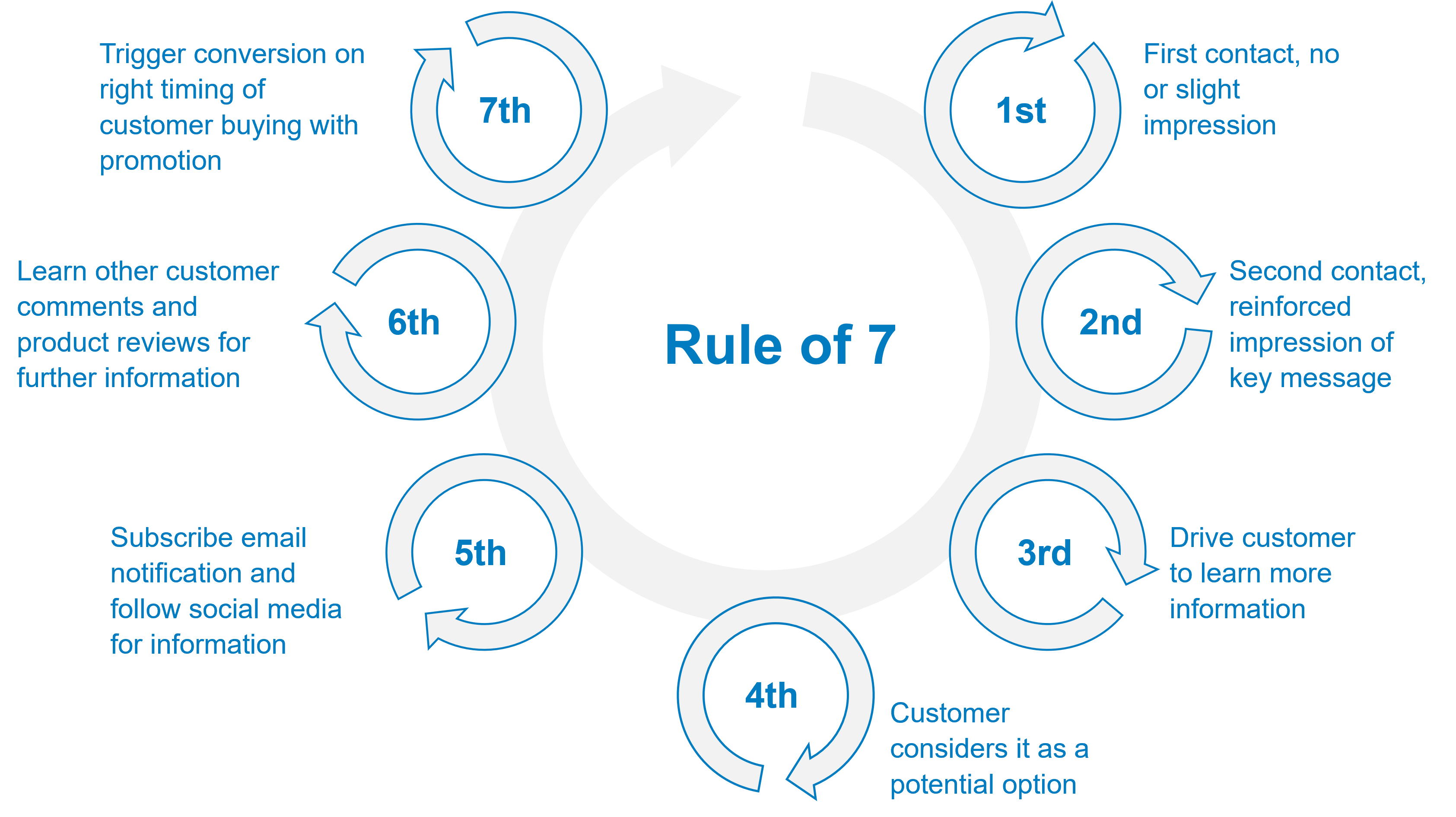
Five-stage Product Adoption And Rule Of 7
If we put together the five-stage product adoption and the rule of seven marketing tegother, we may have a much better understanding of how we should us contact method to get a better result. The classic five-stage product adoption divides the customers’ acceptance of new brand and product into five stages:
- Innovators This is a very small group, only 2.5%. They are very sensitive to new things, and they can quickly catch new brands, challengers or disruptor in the industry they focus on. They will use the products of these new brands, and share their feelings with others through video product reviews or blog articles as a reference for others’ purchase guidance.
- Early Adopters This group is relatively large, around 13.5%. They are not very sensitive to very new things, but they can still be aware that people around them are using something new. This group is usually able to decide whether to choose this new brand just after two or three contacts. They usually follow the social media or YouTube channel of the innovator, so their contacts also come from the information provided by these innovators.
- Early Majority This is a large group, about 34%. In addition to the information of the new brands driven by advertising. This group also accepts lots of information from Innovators and Early Adopters when they publish their reviews and comments through social media, public media, ecommerce platform ratings and comments (like Amazon, eBay, etc). They will use this information as reference to make a decision on whether to buy the product when their demand is mature. They usually will be active to embrace new things.
- Late Majority Like the Early Majority, the Late Majority group is also very large, reaching 34%. In the later stage, the group has already received the messages of new brand and product around five to six times. They are aware this new brand for a long time, but they are still difficult to be converted. They have even actively searched for more information about this new brand, followed the social media account, subscribed for email notification. The reason they don’t buy in early stage is they need this brand to be a major choice from who they know. In late stage, the situation has changed, more and more from they are familiar are using the new brand, they are finally converted. So the sixth or seventh contact is from their friends or relatives’ recommendations.
- Laggards The laggards are the last to choose the product from the new brand. The reason may be when they search for the product they want, new brand’s product always becomes the primary recommendation. No matter which channels they use to obtain information, they will see the new brand and it becomes an unavoidable option to them. The laggards are converted because it seems they don’t have much choice left.
Here we have to consider the dimension of time and marketing investment. In the very early stage of new brand introducing to the market, we can only develop 2.5% innovators to be customers. No matter how much marketing resources we invest, the effect may be very limited. In the later stage, our focus should be on the contact methods that affect the late majority and laggards. Product reviews and user comments may be more effective than digital advertising.

Intersection of Product Adoption And Rule of 7
- Innovators Innovators can be converted into customers with just a few initial contacts. Since the proportion of innovators in the crowd is low, precise positioning is very difficult. Therefore, it is the best marketing method to find this subdivided group by displaying the wide coverage ability of advertisements.
- Early Adopters Early adopters usually can be reached through wide coverage like display advertising and social media. At the same time, the active search of the customers in this group can also find the new brand they want, so search advertising is also an efficient way to convert them.
- Early Majority Early Majority is a large group, so display ads, social media ads, and search ads are all good ways to reach. If the customers have already followed in email subscription, they can be reached by email blast from brand website or referral website.
- Late Majority Late Majority is also a huge group, but this group usually does not respond actively to the contact attempt like advertising, but for the contact methods of third-party video reviews, user ratings of e-commerce platforms, and recommended websites, able to respond more positively.
- Laggards Laggards usually decide whether to choose a new brand by observing other people’s use. Thye will search the information independently and will trust the professional product reviews.
The use of contact methods depends on which user group is targeted in order to achieve a higher effectiveness. There will be a big difference between early adoption and late adoption.
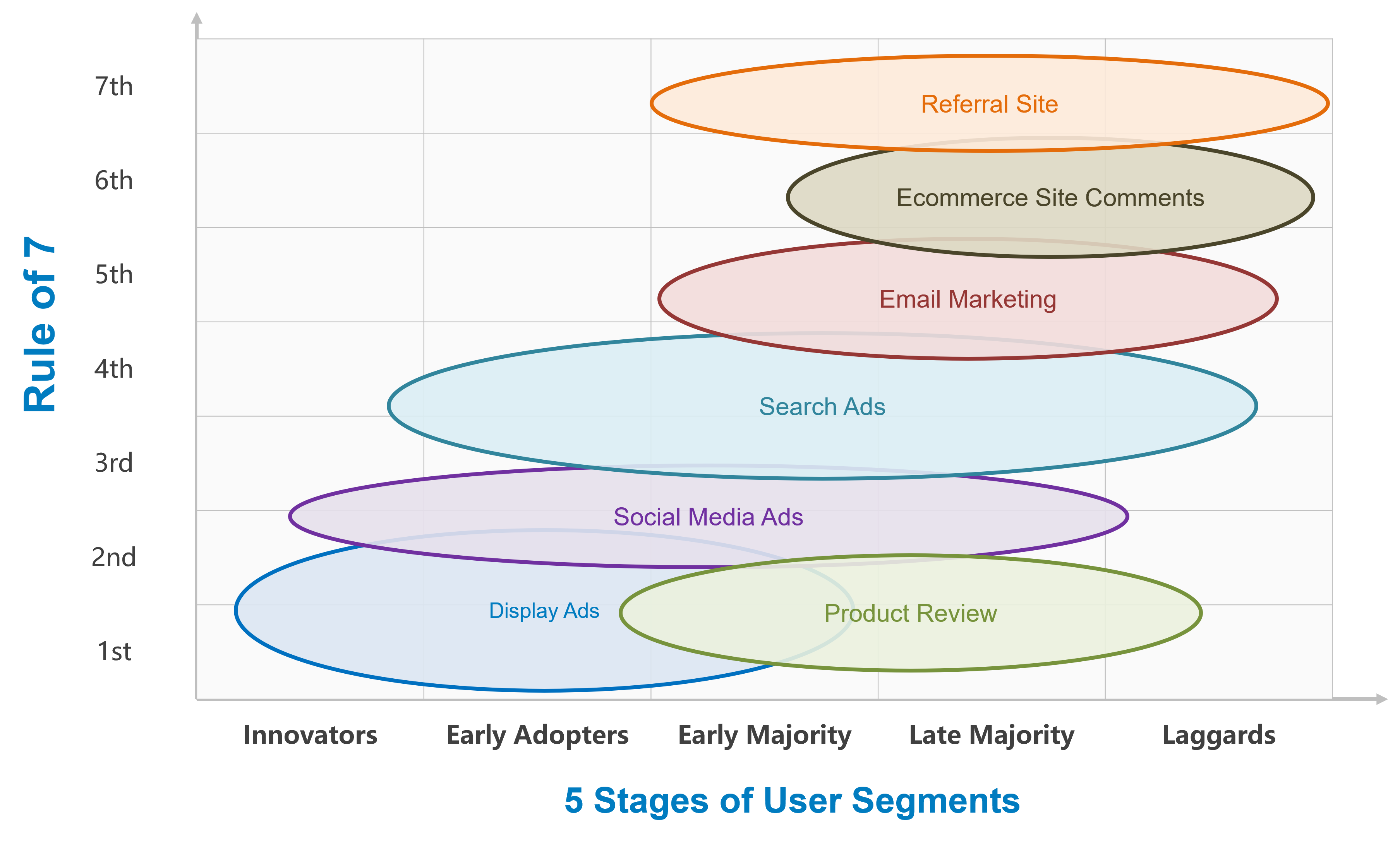
Visit Bel Oak home page for more business information.


